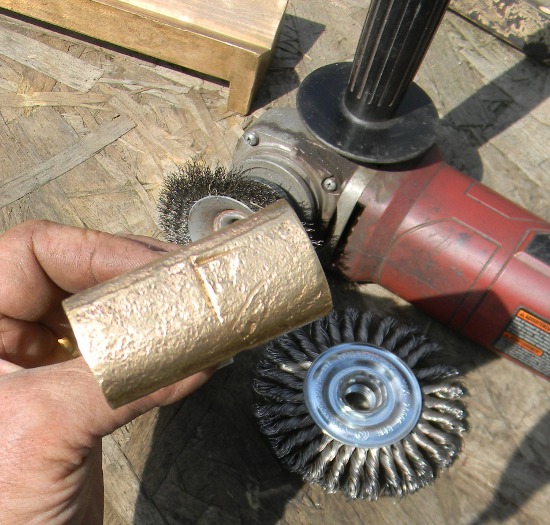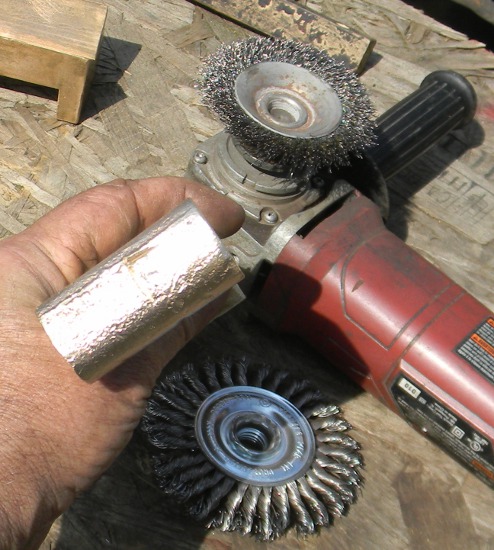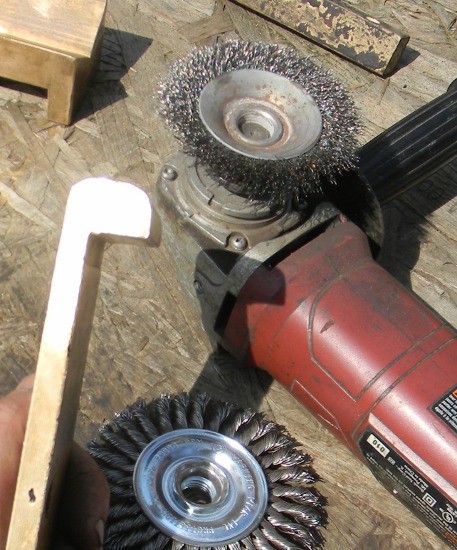It was one of those nights where one thing leads to another. I had a pile of nice steel cables that needed a temporary hanging place. I looked next to my workshop, and noticed the Walnut tree had a dead branch. So I sawed it off, leaving a stump to hang the cables on.
I noticed the branch had a nice little bit of heartwood, which I decided to make a sledge hammer handle from. I’ve used Walnut one other time, with good results. I couldn’t use the lathe this time because the branch wasn’t straight enough. So I removed the sapwood with a circular saw. Then i cleaned it up more with a four inch angle grinder that had a metal shaping attachment. It’s an odd looking thing, has all these little bits of metal or diamond welded to it. Man does it remove wood. I also used a flap disk and a bench sander.
it’s only a small six pound hammer, and I haven’t been able to test it yet, as I threw my back out again yesterday. That hasn’t happened in a couple years. I then hung the cables up. I saw experiment, because the branch did have a couple knots on one side, which I normally reject. But they’re only one side, and, it was supporting all the weight of the branch and leaves. That might make it a very sturdy handle.
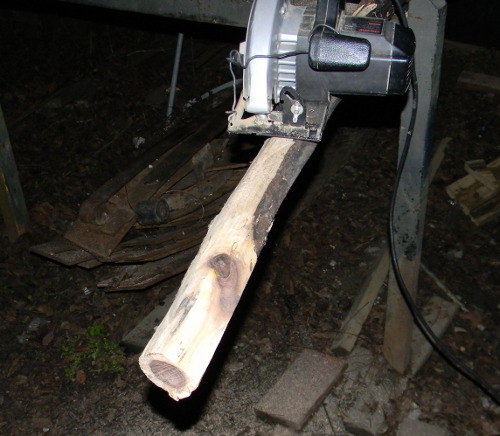
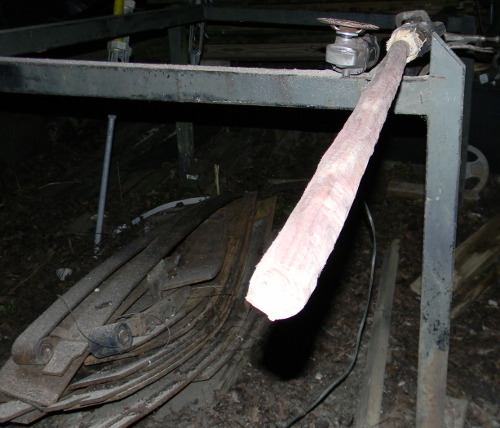
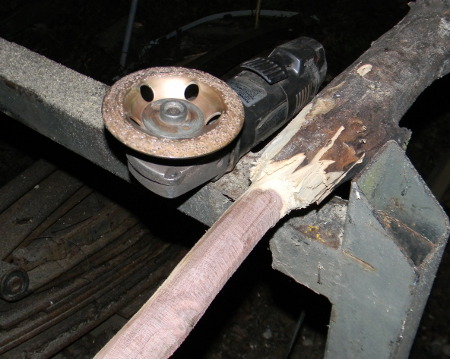
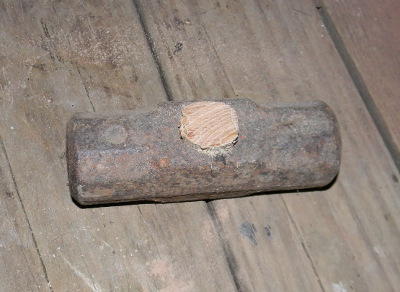
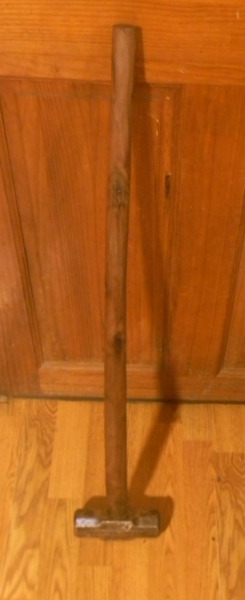
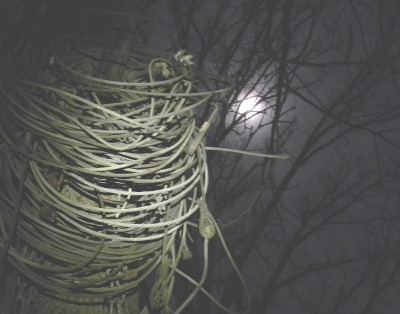
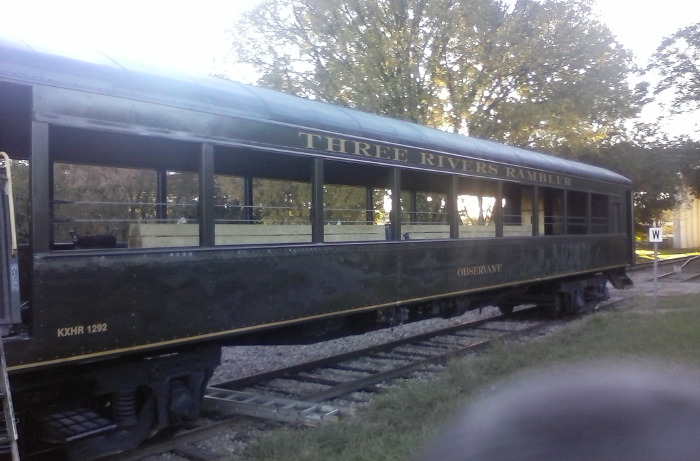
 .
.
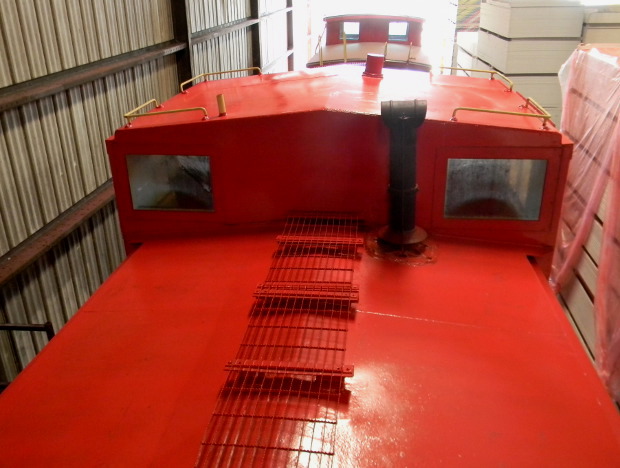 .
.





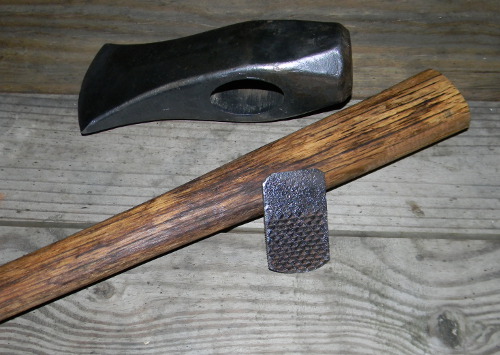
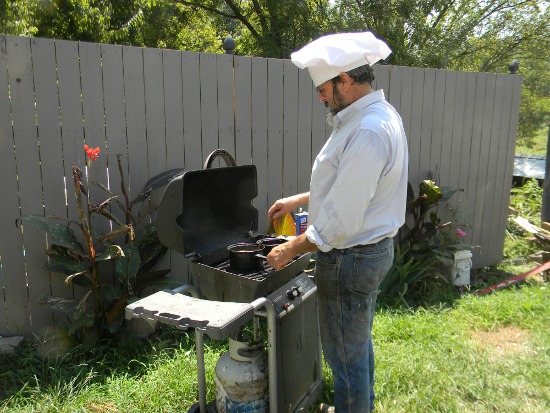
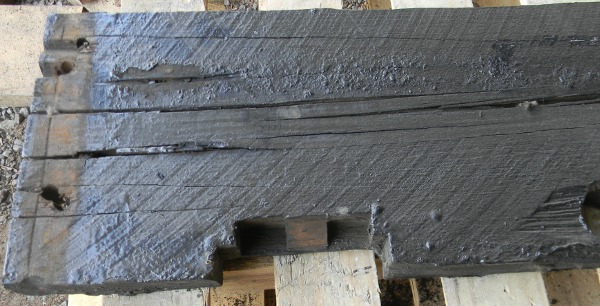
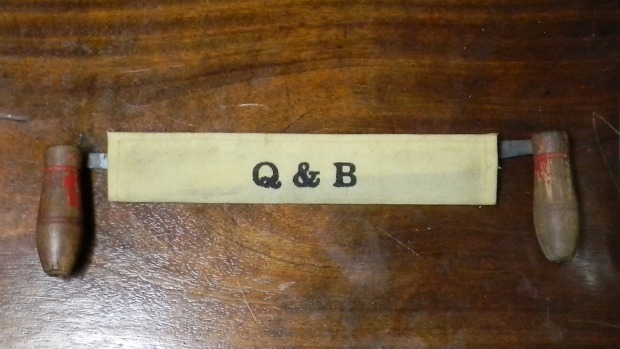
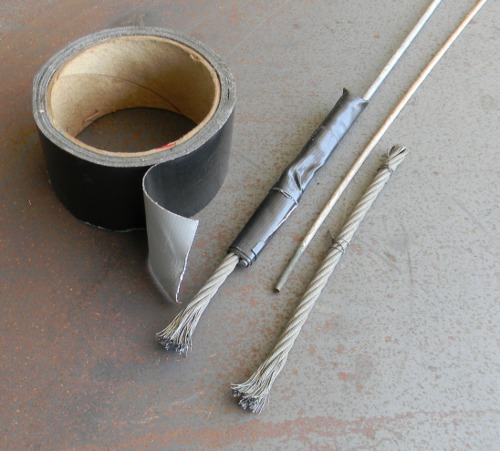
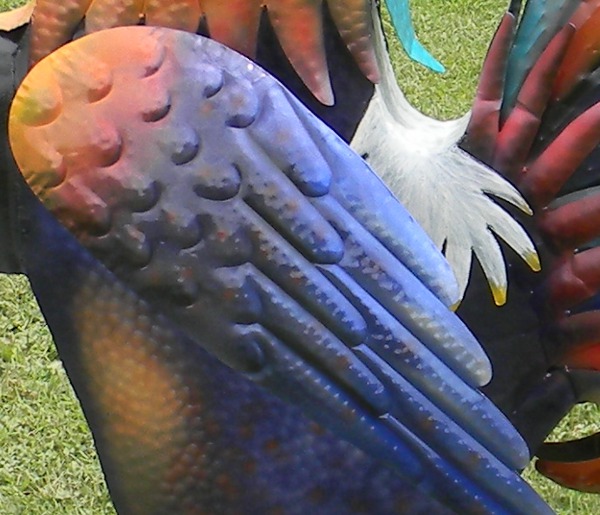
 Not all wire wheels for a 4 inch angle grinder are created equal. Or I should say created the same. I’ve encountered 4 types: Cupped braided, cupped unbraided, flat braided, and flat unbraided. Since the cupped wheels spin in a smaller circle, they usually are less aggressive. Unbraided is less aggressive than braided, so the cupped unbraided is the least aggressive. I’ve heard people say that wire wheels don’t actually remove rust, they merely polish the surface. There is a lot of truth to that, but not always. The nice thing about a wire wheel is that it can conform to, or reach places that other tools won’t; such as around large rivet heads. The wire wheel is a tool I use a lot.
Not all wire wheels for a 4 inch angle grinder are created equal. Or I should say created the same. I’ve encountered 4 types: Cupped braided, cupped unbraided, flat braided, and flat unbraided. Since the cupped wheels spin in a smaller circle, they usually are less aggressive. Unbraided is less aggressive than braided, so the cupped unbraided is the least aggressive. I’ve heard people say that wire wheels don’t actually remove rust, they merely polish the surface. There is a lot of truth to that, but not always. The nice thing about a wire wheel is that it can conform to, or reach places that other tools won’t; such as around large rivet heads. The wire wheel is a tool I use a lot.